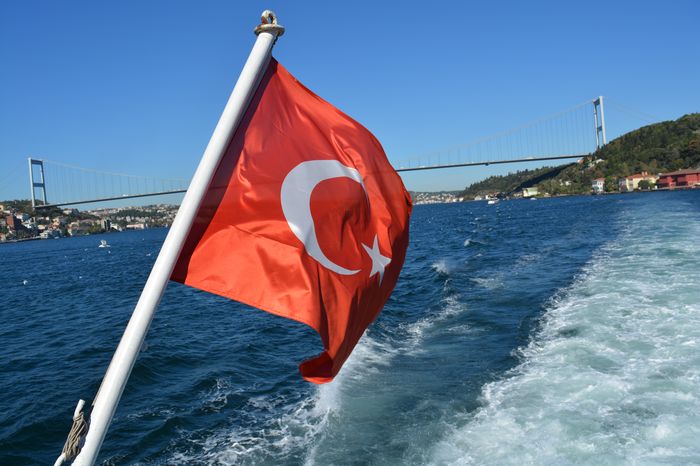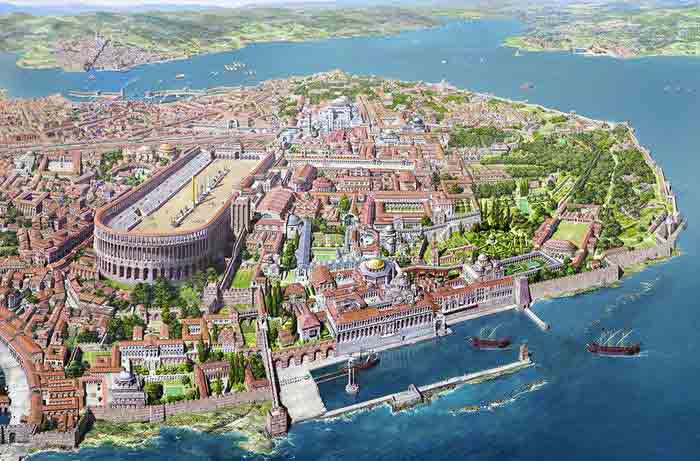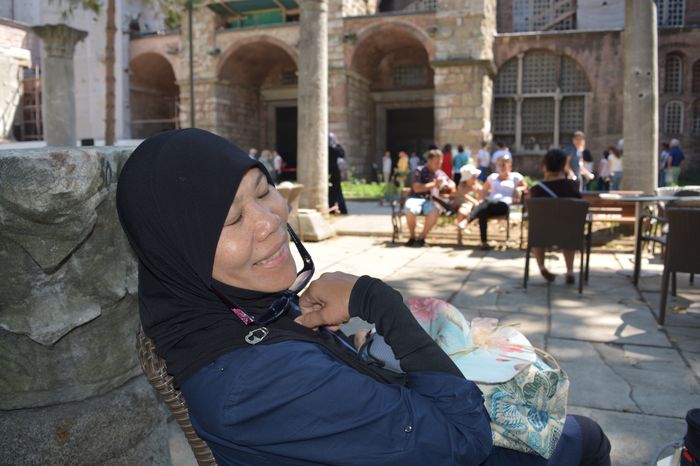The triumph of Diocletian and Maximian could hardly bear comparison with previous ceremonials marking the entry of Rome’s great heroes into the city after some of their spectacular victories. Aurelian, for example, had forced the WarriorQueen Zenobia of Palmyra, whose revolt had spread like wildfire even to the borders of Egypt before he subdued her, to march in golden chains before his chariot. And more than once, proud Teuton kings had been forced to crawl in harness on hands and knees like draft animals, dragging the chariots of their conquerors. In fact, compared to these, the triumph of Diocletian and Maximian was almost spartan in character.
The two Augusti, splendidly arrayed in the traditional robes of the triumphator, stood in Diocletian’s golden chariot drawn by six spirited white horses. The long procession moved through the city from the Triumphator’s Arch to the temple of Rome’s patron god, Jupiter Capitolinus, where a sacrifice thanking the god for his favor would be celebrated.
Always accompanied the highest authority
Constantine, with six of his tallest and strongest men, marched just behind the chariot, while outside them on either side marched a ceremonial file of lictors, who always accompanied the highest authority when he went abroad. Next came the white ox for the sacrifice, its horns covered with gold leaf and a crown of flowers beneath them; then a long line of dignitaries. But where normally there would have been a file of carts and wagons carrying booty and followed by prisoners in chains, a series of floats, or representations, had been constructed to show the people the reality of the Persian conquest.
First was a great relief map of Persia depicting the terrain, with mountains, rivers and even cities and towns produced in miniature, a float so huge that it had to be borne on three wagons hitched in tandem and guided by men walking beneath it. Next came a file of carts bearing amazingly lifelike effigies of Narses’ wives and children, though they had been returned to him in the final settlement whereby the eastern frontier was moved to the banks of the river Tigris. And after them was a train of cartloads filled with booty which Diocletian, in honor of his twentieth year, had given to the people of Rome. Bringing up the rear was a marching column of the Praetorian Guards, whose task it had been in Rome’s more glorious days to guard the person of the Emperor.
Read More about My sister Fausta






